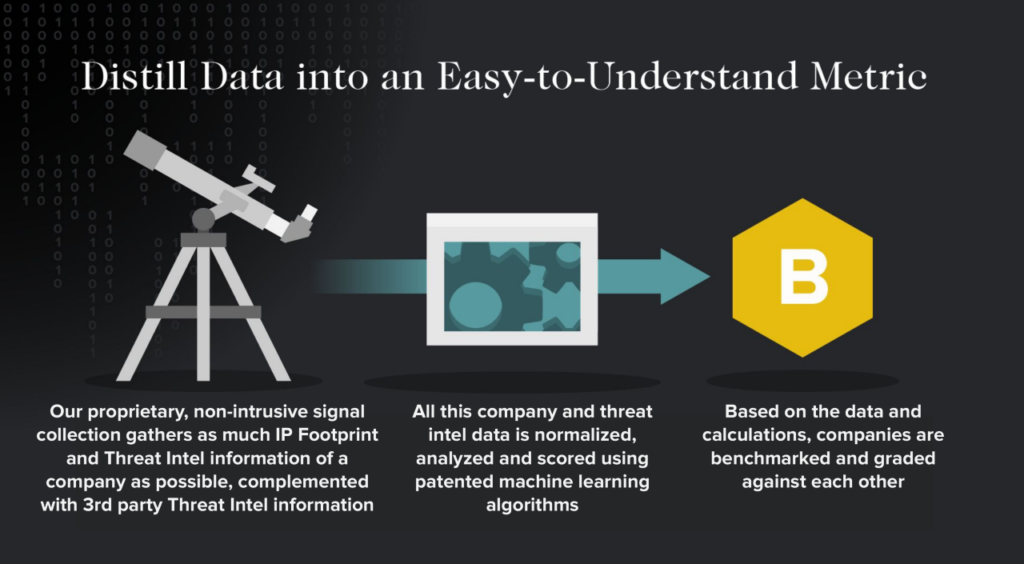- Our Solutions
- Our Services
- ASSESS Cyber Risk and Maturity Assessment
- AWARE Cyber Security Awareness Service
- TRiM 3rd Party Risk Management
- DataG Data Governance Service
- iDAC Identity and Access Management Services
- KVKK+ Personal Data Protection Law Compliance Services
- Fraud Risk Management Services
- Cloud Services and DevOps Solutions
- About Us
- Blog
Türkçe
OUR SOLUTIONS
Security Scorecard
Today, organizations often find themselves working with a large number of third-party partners, and the cybersecurity awareness and maturity levels of these third parties can directly impact the cybersecurity posture of large organizations that choose to collaborate with them.
Assessing the cybersecurity awareness and measures taken by third parties typically involves sending digital questionnaires via email or using digital survey forms within the organization. While this method provides some benefits, it has its challenges. It can be difficult to manage, static, costly, and may introduce bias into the assessment process. Third-party entities answering these questions may exaggerate their cybersecurity measures to minimize risks to their own businesses.
Security Scorecard addresses these challenges by providing continuous monitoring of third-party companies’ cybersecurity postures. It achieves this through proprietary signal collection methods that do not require any installation. These methods involve collecting IP footprints and Threat Intelligence data.
All the data collected is then analyzed and scored using patented machine learning algorithms. As a result, these scores are presented to you in an easily understandable format, typically using grades (A, B, C… F) through a dashboard.
This approach allows organizations to gain valuable insights into the cybersecurity postures of their third-party partners and make informed decisions about their collaborations.

Forrester recognizes Security Scorecard as a leader in this field (https://securityscorecard.com/resources/the-forrester-new-wavetm-2018-cybersecurity-risk-rating-solutions).
In addition to third-party risk management, Security Scorecard also provides a highly beneficial platform for monitoring the organization itself.
